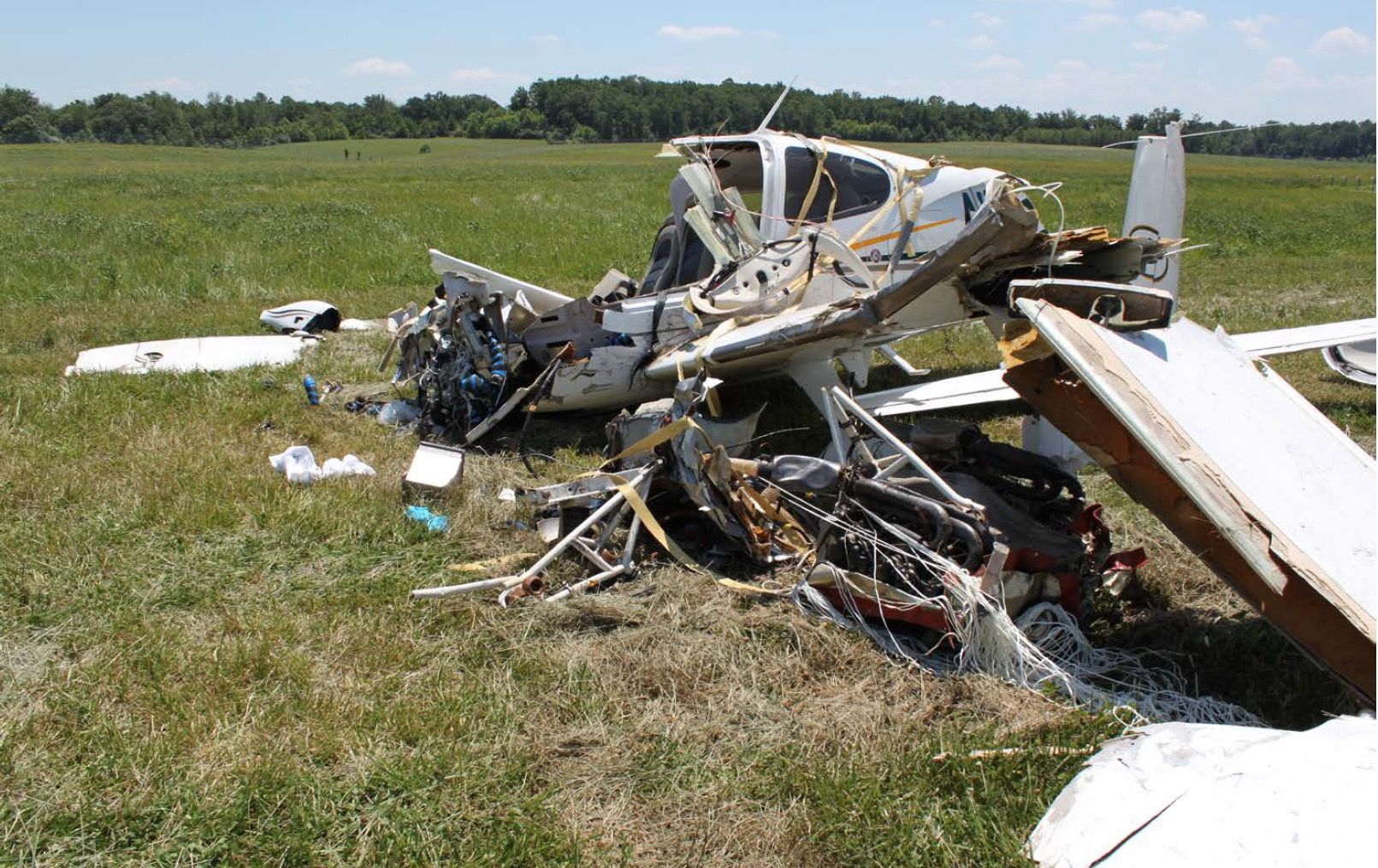Pilots are trained to recognize stalls and recover from them, but are they as well trained at avoiding them in the first place? In this, our second in a five-part series on stall accidents, veteran instructor Dan Gryder says no.
Taking a page from the airline world, where there’s a number and a procedure for everything, Gryder proposes marking the airspeed indicator with a defined minimum speed indication as a means of avoiding stalls rather than just recovering from them.
“The big missing element here is that we have not been proclaiming avoidance as a first step, we’ve been teaching excellent stall recovery techniques and how to get out of a stall or how to get out of a spin and requiring people to have a spin endorsement … but never any mention about the magic 30 percent that the FAA wants you have. The airlines honored that. That’s your 30 percent buffer … they don’t want you anywhere close to a stall,” Gryder says.

Gryder says that buffer can be marked right on the airspeed indicator as a value equivalent to about 1.4 times the clean stall speed or the bottom of the green arc. In many airplanes, this is close to best glide speed. He says the marking—as simple as a slice of tape—serves as a reminder not go slow below this speed. It’s explained in this video provided to us by the FlightChops YouTube channel.
In this podcast series, in addition to Gryder, we’re interviewing others in the industry, including Richard McSpadden of AOPA’s Air Safety Institute, Rich Stowell, a recognized spin expert, who will talk about his experiences in teaching stall awareness. From the Cirrus Owners and Pilot’s Association, Trip Taylor, one of thee highest time Cirrus instructors in the world, gives a unique Cirrus perspective on stalls. Finally, Wayman Lui, operator of a large Florida flight school, discusses how stall awareness is taught.



































Or. let’s propose the obvious that pilots who do stall are NOT looking at the airspeed indicator, are NOT listening to the stall warning, and NOT feeling the buffets on the tail. If a pilot is that unaware of his flight dynamics, then past training is as pointless as the altitude above him.
Dan is correct about the lack of after-takeoff emergency training for Private Pilot. As instructors, we typically gloss over the subject by saying, “If you have available runway, land on it. Otherwise (below some arbitrary minimum, usually 1000 AGL), land straight ahead or 30 degrees left/right.” That’s it. We instructors don’t go into the granular details and the ACS doesn’t require detailed Skill/Knowledge/Risk understanding from practical test applicants.
For a standard VFR flight in an SEL airplane, I contend that the most dangerous period of the entire flight lasts between 45 and 60 seconds, starting very shortly after rotation. In spite of the fact that an inordinate number of fatalities occur during this period, we continue to inadequately train students to recognize the dynamics of the takeoff profile and the mitigations available to reduce this risk. Things need to change.
– Russ Still
A GA aircraft is not an airliner. Bugging speed in an airliner works because of OTHER flight regimens. For example, no airliner is going to pull a lot of G nor is it going to roll past 30 degrees, because of SOPs predicated on passenger comfort. Consider the inexperienced pilot in his PA-28, manoevering to land at an unfamiliar airport. He hasn’t considered the tail-wind on base leg and he overshoots the turn to final. He rolls into a steep bank and pulls G to recover the centerline. He’s going to die regardless of a line painted on his airspeed indicator. We need AoA indicators in aircraft, not airline speed-bugs.
I absolutely agree with Dan regarding the loss of power/engine failure exercise after takeoff…
I learned to fly in France in the 2000s, and simulated engine failures after takeoff at various stages of the climb out phase were a huge emphasis throughout training, and was tested on the checkride. Nose down immediately was the only proper response. Anything else would not be satisfactory.
Transitioning to flight training in the US, I have been amazed that some of these aspects of flying seem to be overlooked. It is so fundamental, we talk about it, but don’t spend enough time doing it.
Basic stick and rudder skills should be absolute number 1 priority, along with developing a natural feel for the wing and its envelope.